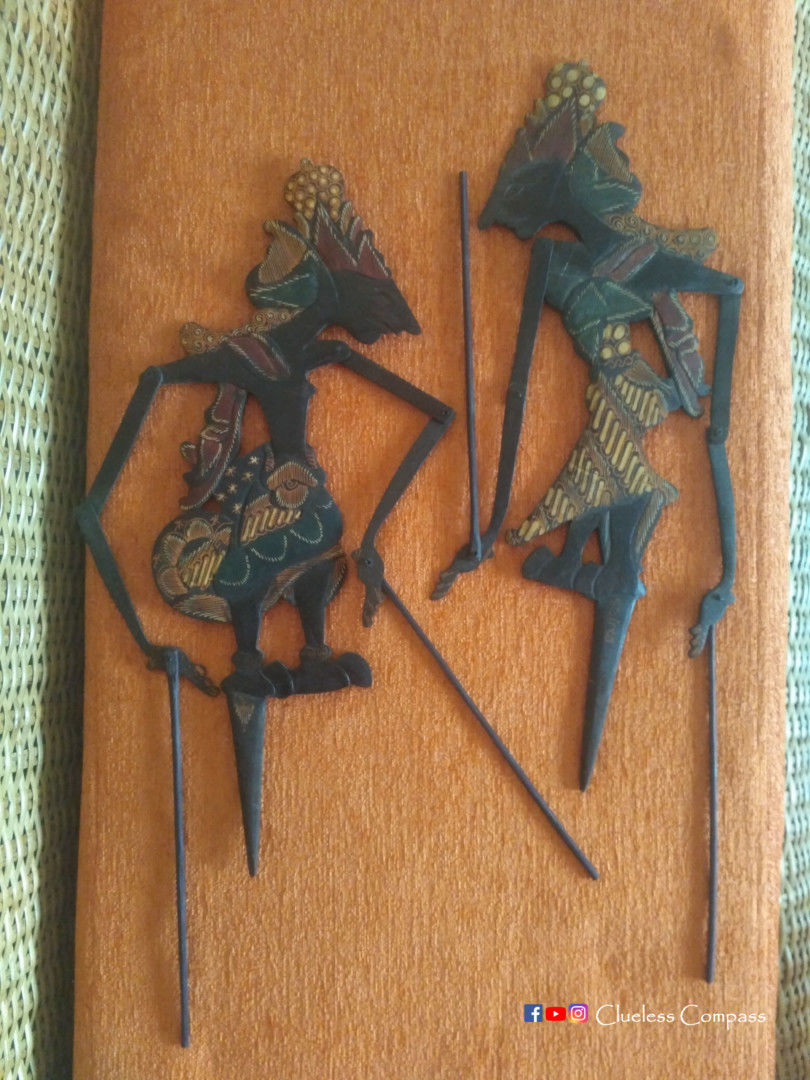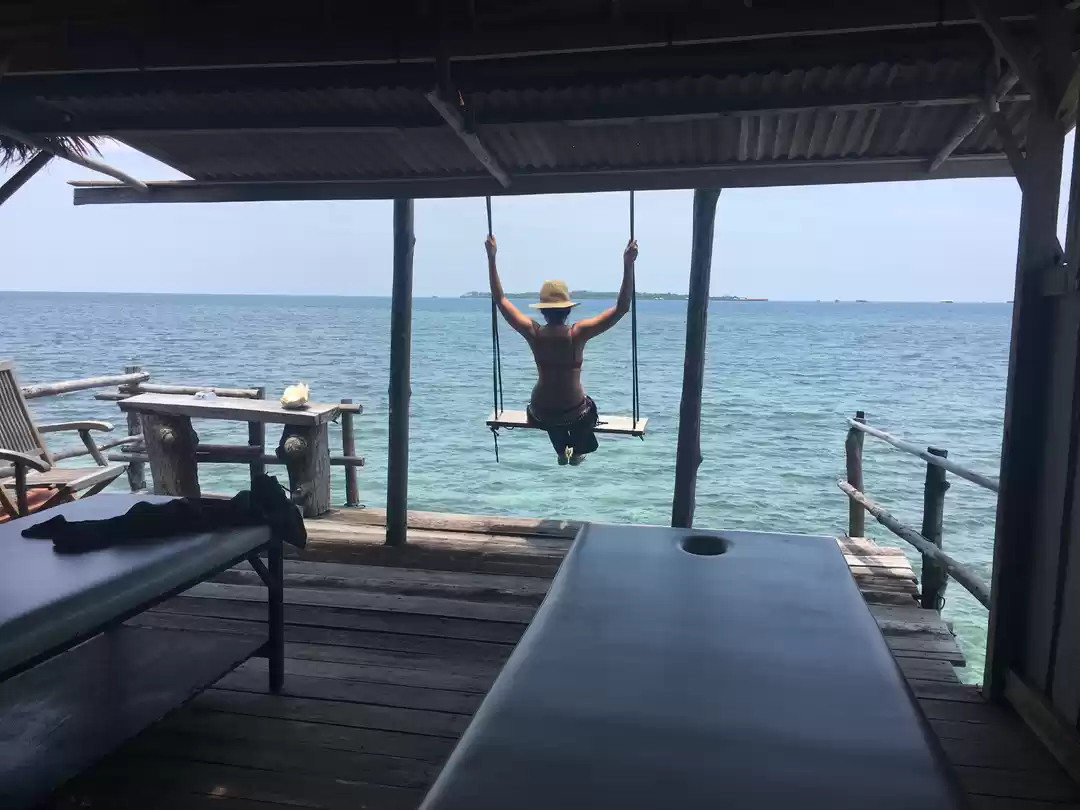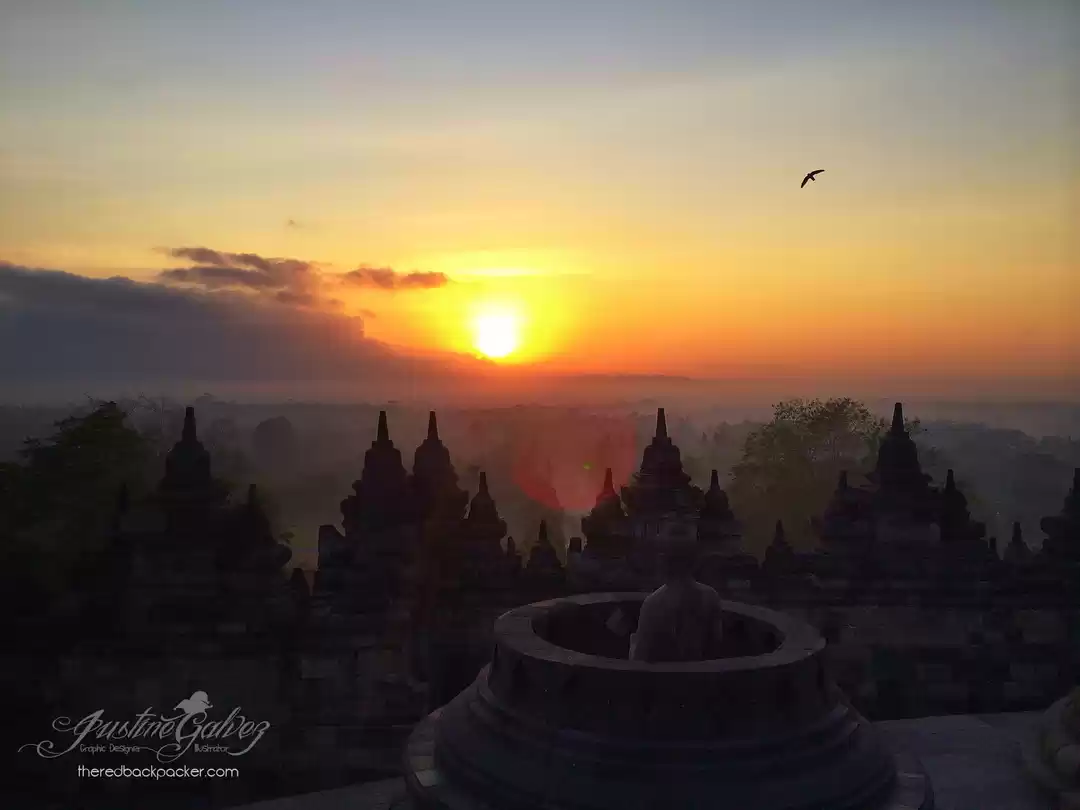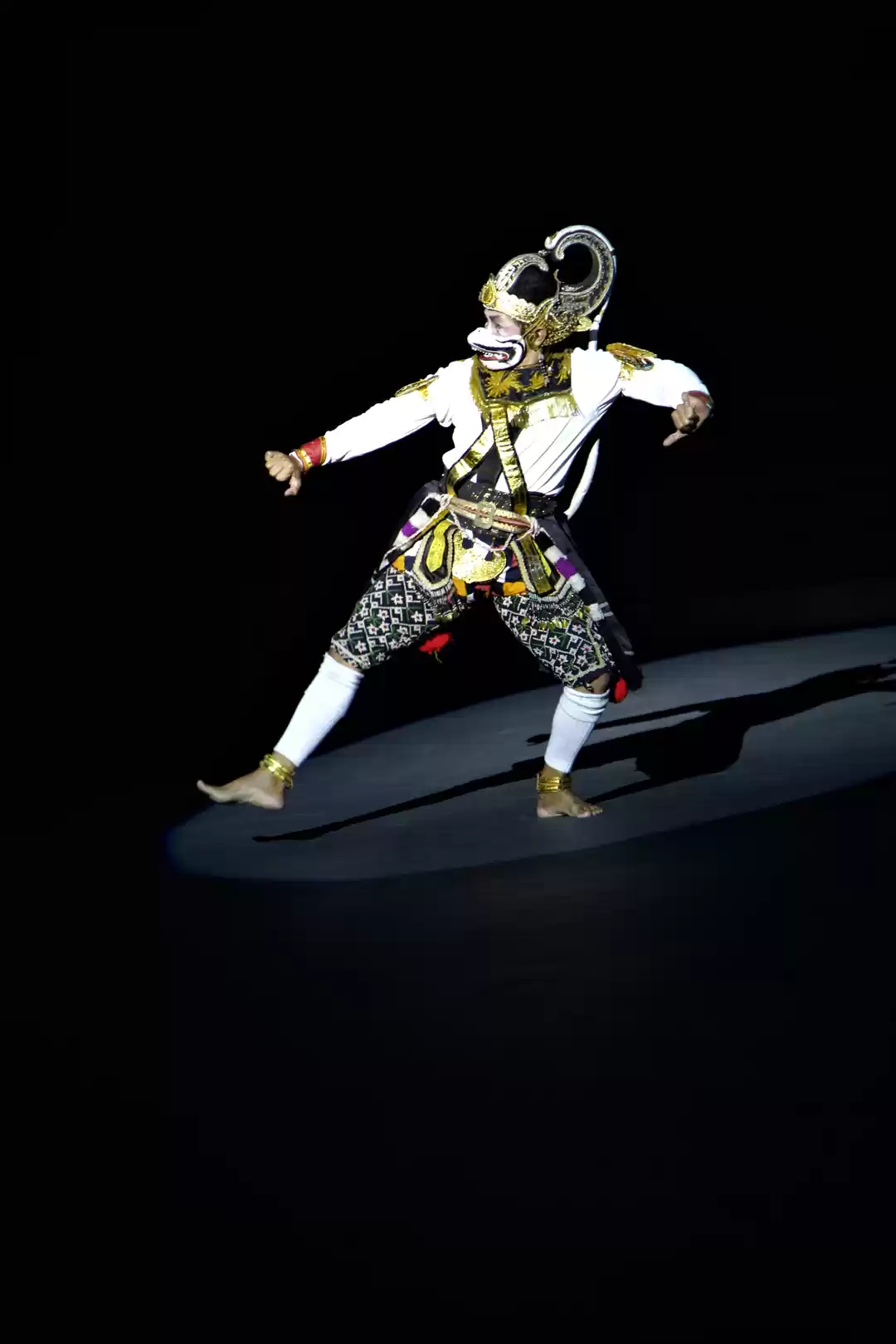Indonesia is a nation made up of thousands of tiny scattered islands. Java Island is the most populated amongst these. This journey is to the famous town of Yogyakarta in Java. A town which has come to be known as the cultural capital Indonesia due to its traditional art forms, architecture and cuisine. Yogyakarta lies about 500 km away from the capital city of Jakarta. Tourists reach Yogyakarta from Jakarta by road, rail and air. All three modes of transport are convenient and very frequent. Flight tickets on this route are pretty cheap indeed.


Our flight to Yogyakarta was from Halim kusuma airport in Jakarta. This is the smaller one out of the two airports of Jakarta. It was a shabby and not-so-well-kept airport. Not enough seats. Non English speaking staff. Even drinking water was scarce. The flight journey also was a pain. Turbulent and wavy ride from start to end. Never have we felt so glad for a flight journey to be over. It was almost 7 pm. The airport premises were wet from an evening rain sometime back. We had already arranged a driver to show us around Yogyakarta. Mr.Yongki Wijoyo. He was nowhere to be seen in the arrival area though. We couldn't contact him because we did not possess a local sim card. Luckily the driver had whatsapp and we called him through free airport wifi. It seems the traffic is moving at snail's pace due to the heavy rains. But he did make it to the airport in another 15 minutes. Yongki started apologising before we even shook hands. His face was ridden with guilt as if he had just committed an unspeakable crime. We had to assure him that we are not the least bit bothered by the delays, in order to make the apologies stop and vehicle start. 'Rumah Panjaitan' was the name of the hotel we had booked. The funny sounding name was the first thing that caught our attention while we were finalising our accommodations. It took a 30 minute drive from airport to Rumah Panjaitan. Since were already exhausted from a bumpy flight, we had a quick dinner and went to sleep. Breakfast in the hotel is self served. Fruits, Fruit bread, Omlette, Marmalade and chocolate sprinkles were kept side by side. You may take as much as you want. Nibbling on their fruit bread spread with blueberry marmalade and chocolate sprinkles made the morning wonderful ! Yongki had already arrived by the time we were done with the yummy breakfast. The most popular attractions of Yogyakarta are two. The Buddha temple of Borobudur and the Hindu temple of prambanan. We decided to visit Borobudur first. The Buddhist temple is about 40kms away from the town of Yogyakarta. The most popular mode of transportation in Indonesia are two wheelers which look like a cross between a typical scooter and a motorcycle. They call it scubeks. A bit more powerful and expensive than typical Indian scooters. The cycle rickshaws of Indonesia too are different from those in India. Here the rickshaw wallah pedals from the front while the passengers sit in the back. But In Indonesian rickshaws, the passenger sits in the front and rickshaw guy sits at the rear.

The drive took an hour and a half. There is a combi ticket facility available for those who are planning to visit Borobudur and prambanan. A single ticket to see both will set you back by about 5,40,000 Rupiah ! It amounts to about 2700 Indian Rupees which still is quite expensive. You can get 200 Indonesian Rupiah for 1 Indian Rupee. Exchange 5000 Indian rupees and you walk out as a millionaire in Indonesia. The currency is value is that low. The cost of living however is a bit higher than in India. Borobudur is the world's biggest Buddhist temple. The main attractions include the 500+ Buddha statues, multi-layered stone sculptures, bell shaped stupas at the top most level etc. The temple complex is more than 1000 years old. There are 9 to this temple. The bottom 6 levels are square shaped, whereas the top 3 layers are circular in shape. The unique bell shaped stupas exist on these top 3 levels. If you peep through the view holes of these stupas, you can see a Buddha in meditative pose inside each of them. The walls of the bottom 6 levels are filled with the bas-relief carvings detailing the life and teachings of Buddha. There is a specific path which a devotee should follow circumnavigating the 9 levels from bottom to top. The belief is that, an ignorant person who starts his journey upwards through the marked path from bottom to top, reaches the top most level of borobudur as an enlightened person. True or not, it is an undeniable fact that, Borobudur is nothing but pure poetry written in stone. Geographically, it lies smack in the middle of two volcanoes and two rivers. Sumbing, merapi volcanoes and progo, elo rivers.








When the people of Indonesia moved out of Buddhism to Hinduism and from there eventually to Islam, the once bustling Borobudur slowly went into oblivion. By 14 th century, Buddhism in Jawa island shrunk to namesake numbers and Borobudur became abandoned. It was taken by forest for the next 500 years. It is in 19 th century that this temple came into public knowledge again. From then, Borobudur has seen steadily increasing attention both locally and internationally. Today this temple complex is the most visited heritage site in all of Indonesia. To make the experience a bit more engaging, the tourism department had introduced elephant safaris around the complex. There are also small shuttle cars you can drive around. However, these crowd pleasing endeavors have been carried out in a manner which felt a bit disconnected from the elegant ambience of the whole temple complex.
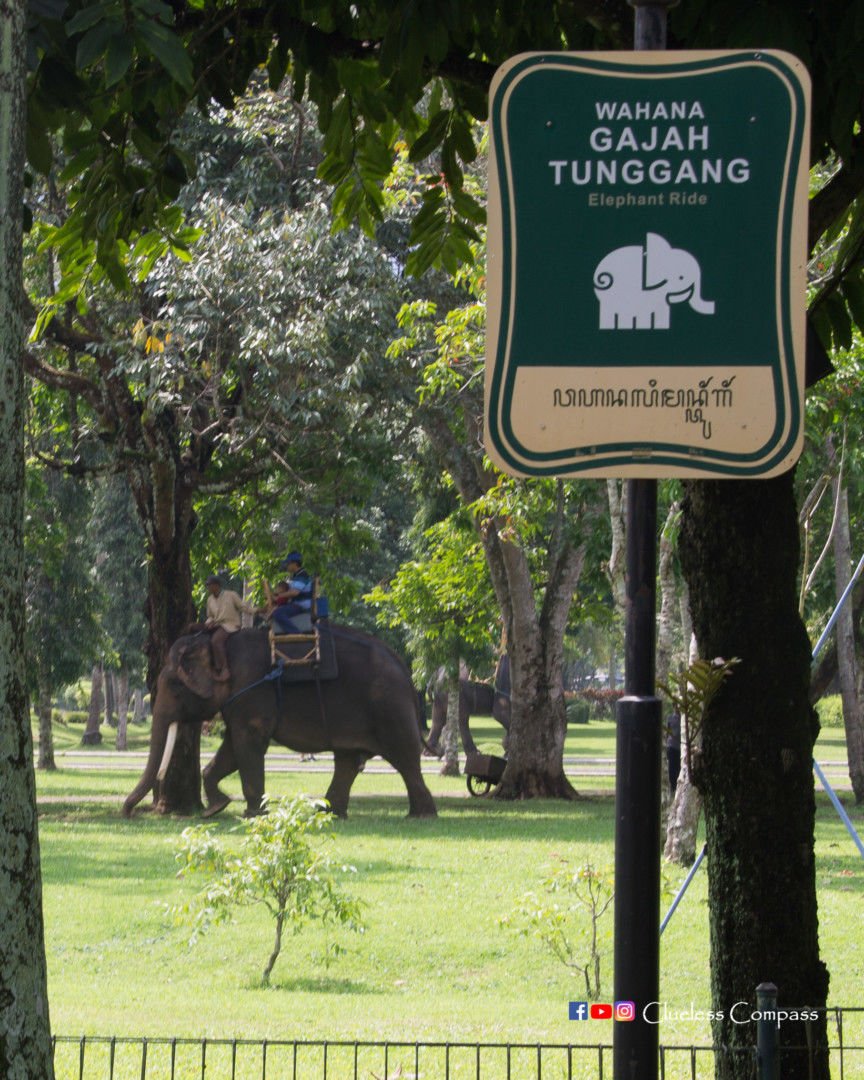
Being the most famous temple in all of Indonesia, Borobudur gets a lot of tourists, both domestic and international. If you want to visit the premises without the hustle bustle of the day crowd, there is a way though. The sunrise tour. A group who had pre-booked their sunrise tour with an agent gets to visit Borobudur during sunrise, well before the temple is opened for the general public. You just need to pay around 14$ extra to the regular ticket. We chose to do the the regular tour since we were on a tight budget. However that allowed us to get to know more about the young generation of Indonesia. Indonesians are very enthusiastic and curious towards foreign travellers. While walking through the aisles of the temple complex, localites ranging from school kids to grandmas were eager to start and chat with us in English and ending it with selfies. Some even kissed us to say good bye. School kids will try their hand in English in bits and pieces and will ask us how did they fare. If we appreciate the effort, their faces will bloom with happiness!


We returned from Borobudur by lunchtime. It is easy getting into the complex. However getting out is another matter. Thing is, the exit route is a circuitous path which passes through rows and rows of endless souvenir shops. The shopkeepers have kept the path in such a way that all tourists have to pass in front of each and every shop in a zig-zag manner before they can exit the complex. The longer walk might irritate many, but these returning tourists are the sole livelihood for most of the shop keepers. While we were waiting for the lunch, we heard a lot of people saying 'I am nazi' to the waiters. No, they were not supporters of Hitler. LoL. Nasi in Indonesia means rice and ayam is chicken. Ayam Nasi is rice with flavoured chicken! There were a lot of other local delicacies as well in the menu. But the burning hunger did not give us enough patience to explore the full menu in detail. So we too joined the 'I am nazi' group!


Prambanan complex is about 50 kms from Borobudur. Some of that distance is to be retraced towards Yogyakarta town. It was getting a bit late by the time we reached prambanan. Prambanan is Indonesia's biggest Hindu temple complex. Historians say this temple was built by hindus to rival the Buddhist architecture of Borobudur. Building this temple was one of the markers of Indonesia's migration to Hinduism from Buddhism. This temple is dedicated to the Trimurthis of Hinduism, Brahma, Vishnu and shiva. There are majorly 6 temples in the complex. 3 big ones for the trimurthis and 3 small ones for their vehicles named hamsa, garuda and nandi. These temples too have 1000 year old stories to tell. Just like Borobudur, these temples too were abandoned for a long time because of an earth quake in 16 th century which destroyed the population here. Prambanan started becoming popular again in 19 th century when Indonesia took initiatives to re-discover its ancient heritage. Apart from the 6 main temples, there are hundreds of small stone stupas around the complex, but the earthquake and weather have turned them into a pile of rubble now.



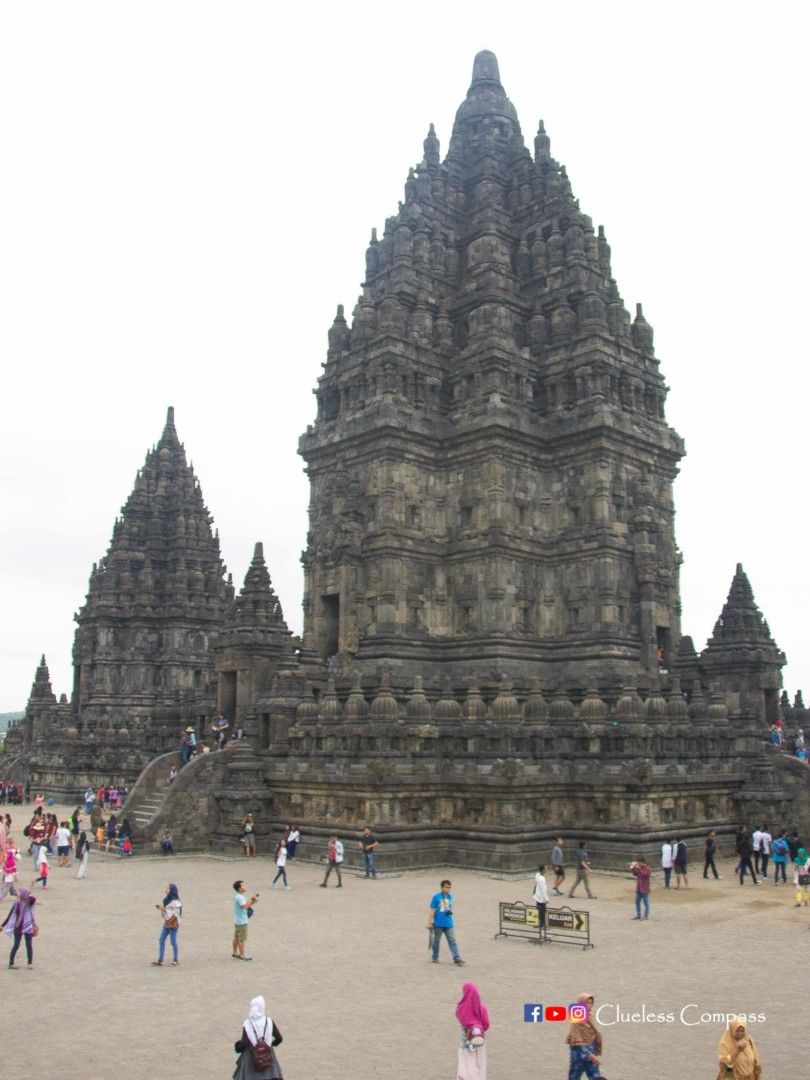
The sculptures of prambanan are mostly based out of ramayana and bhagavatha. On alternate days during the summer nights, the temple complex sees a performance called Ramayan Ballet. A team of 200 people including dancers, musicians, light and sound technicians etc participate in the ballet show. The one hour long show's ticket is priced at 10$. The show mainly depicts the kidnapping of sita by Raavan and the ensuing battle by Raman and Hanuman, through dance moves. Just like ramayan ballet, another cultural art form of Yogyakarta is the wayang dolls and the 'shadow puppet play' using those dolls. The airport of yogyakarta is very close to the prambanan complex. Hence very frequenctly you get to see aeroplanes flying above the temples. The crowds are usually high here too owing to the close proxomity to the city limits. It was time for us to leave before we could spend quality time in prambanan. As the evening as well as closing time approached, the tour bus crowds started leaving en mass. Long lines followed their tour guides to the exit. Those last minutes left us with just a handful of other people in the temple premises. It is in those last 15 minutes that we both were able to really enjoy and appreciate the solemn grandeur of the art and architecture of prambanan!
